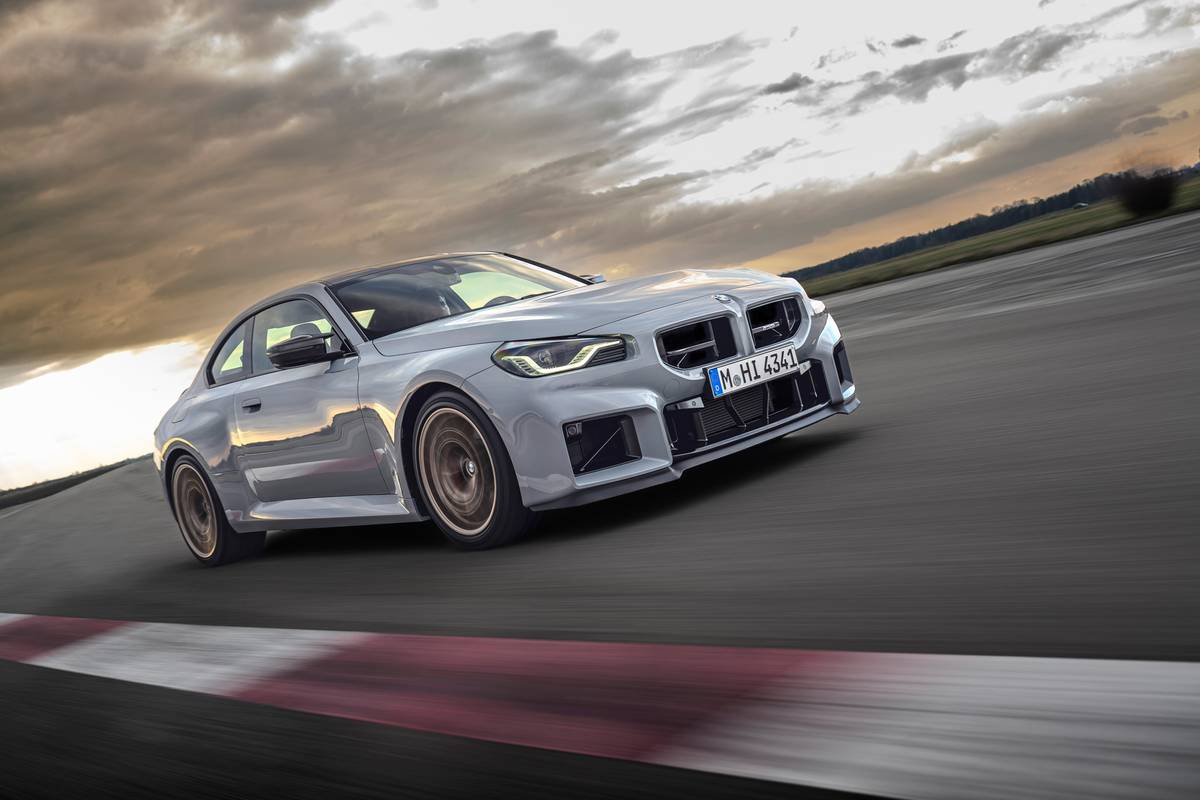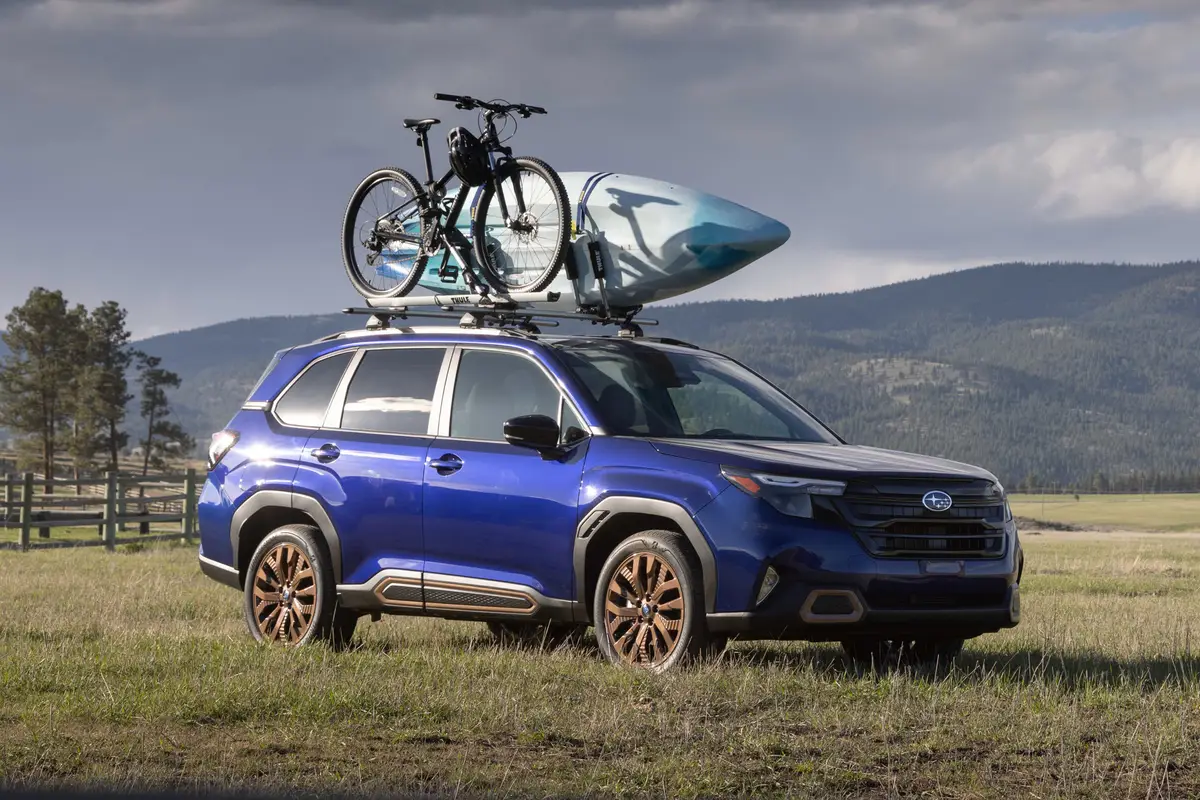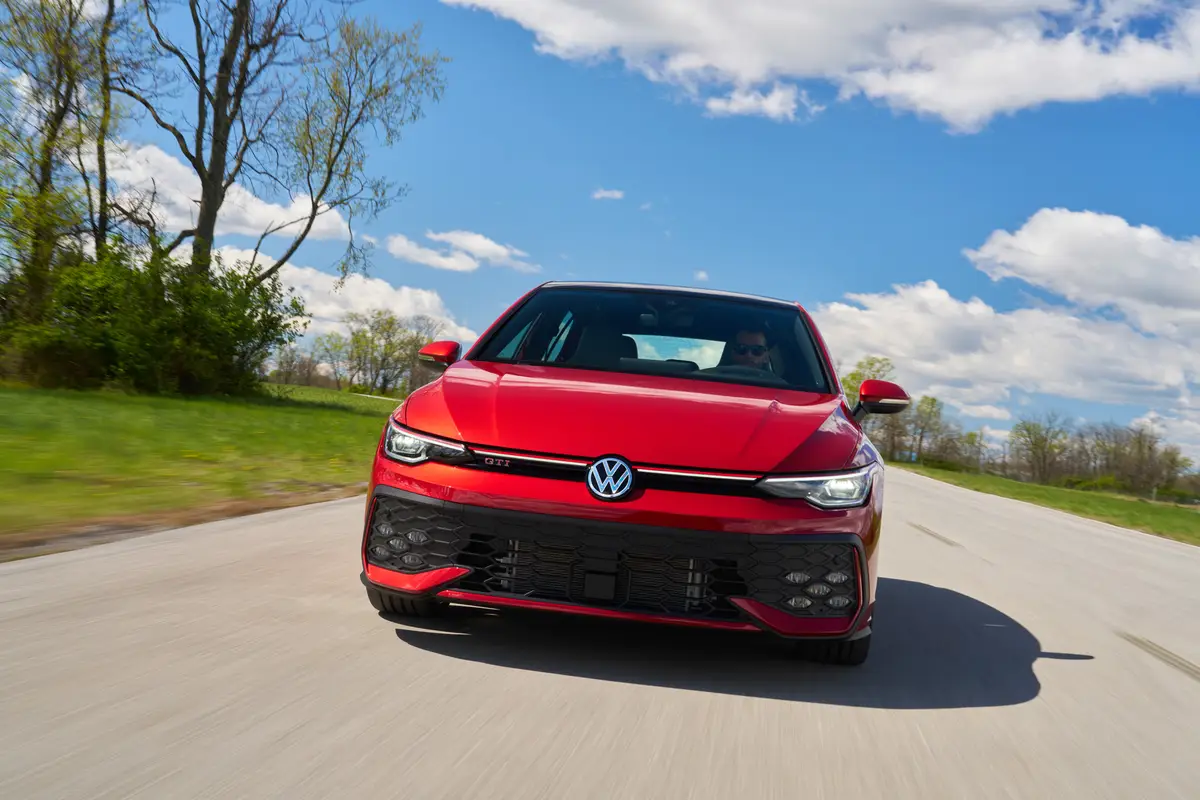washingtonpost.com's view
My associate, Ria Manglapus, couldn’t get over the hump. It was ugly. It was in the way. It undermined her confidence in the vehicle’s handling.
I tried to understand her complaint. I got behind the wheel of the 2009 Subaru Forester 2.5XT wagon which, even Ria had to admit, looked better than any previous Forester.
I stared at the bulge in the middle of the wagon’s hood. It was a scoop, put there to help funnel air to the Forester 2.5XT’s turbocharged engine. I discovered the problem: Staring at the hump while the wagon is in motion creates a weird visual-motor sensation. You feel as if you are steering toward the hump while it constantly is moving away from you.
It’s just a feeling. It makes you dizzy. You want to stop driving, pull over and refocus, which is what I did. Afterward, I was okay. I never stared at that hump again while driving.
It is not a usual complaint, certainly not one I normally would have acknowledged. But I have no choice in this case. Other voices contribute to this column. I cannot listen to them and pretend not to hear — that I’m too much of a car guy, too macho to take them seriously. Ria has a point: That prominently placed hood scoop can be a distraction. There, I’ve said it.
Otherwise, I, that is, we — Ria; my wife, Mary Anne; and I — love the Forester 2.5XT. Heck, we love all versions of the new Forester, including the base 2.5X and plush 2.5XT Limited and 2.5XT L.L. Bean edition.
Fuel economy isn’t great. The most economical model, the 2.5X, has a top highway performance of 26 miles per gallon. But, hey, the Forester models are mid-size, all-wheel-drive utility vehicles. Considering their engineering and intended use, 24 mpg to 26 mpg in highway cruising, depending on the Forester package chosen, is nothing to cry about, except . . . .
Well, buyers choosing Subaru’s turbocharged 2.5-liter, 224-horsepower, flat-four engine — the one used in the Forester 2.5XT that is the subject of this week’s column — will have to make peace with buying premium unleaded gasoline. Turbochargers use exhaust-driven impellers to pull more air into the engine combustion chambers for a dense air-fuel mix.
Turbocharged engines are high-compression engines, primarily designed to give a big boost in power with a relatively small fuel-consumption penalty. But they nearly always require premium unleaded gasoline.
The base Forester 2.5X employs a normally aspirated engine to do its work. It produces 170 horsepower and 170 foot-pounds of torque, which usually is enough to take care of most of a family’s transportation needs. But the good news here is that it runs on regular unleaded gasoline. And there’s no hump on the hood.
We were impressed by the thoughtfulness invested in the interior design of the new Forester line. Everything is exactly where it should be. Instrument dials and gauges are easily reachable and readable. There are more than enough cubby holes in which to store stuff, including a cleverly designed compartment beneath the rear cargo floor.
Overall visibility, with the exception of that hump in the tested Forester 2.5XT, is excellent. Cabin comfort is excellent. And there are a raft of optional electronic offerings, including navigation with backup camera and iPod connectivity that can turn life on the road in this one into a very pleasant adventure. Just make sure your co-drivers include no one who has strong objections to hood scoops.
Latest news



